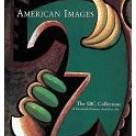 source: amazon.com
source: amazon.com 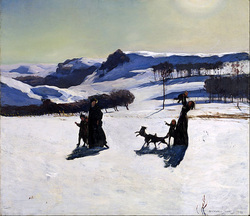 Rockwell Kent, Snow Fields (Winter in the Berkshires).
Rockwell Kent, Snow Fields (Winter in the Berkshires). source: Google Art Project. wikimedia.org
Whether the artist, at the outset, is conscious about transmitting a particular communication depends on the painter, sculptor, weaver, ceramicist, or collagist.
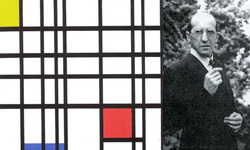 http://www.theguardian.com/artanddesign/2010/jun/25/
http://www.theguardian.com/artanddesign/2010/jun/25/artist-piet-mondrian-london-years. Tate Collection.
I construct lines and color combinations on a flat surface, in order to express general beauty with the utmost awareness. Nature (or, that which I see) inspires me, puts me, as with any painter, in an emotional state so that an urge comes about to make something, but I want to come as close as possible to the truth and abstract everything from that, until I reach the foundation (still just an external foundation!) of things…
I believe it is possible that, through horizontal and vertical lines constructed with awareness, but not with calculation, led by high intuition, and brought to harmony and rhythm, these basic forms of beauty, supplemented if necessary by other direct lines or curves, can become a work of art, as strong as it is true. [Quoted in "Van Doesburg at Tate Modern," by Jackie Wullschlager, www.ft.com (6 Feb. 2010).]
I’ve always admired people who are that crystal clear, who seem able to see the long and distant way ahead. And then there’s how I operate, seeing only so far, maybe a foot in front of me, as I take each step.
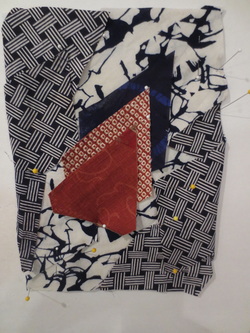 "Breaking Through" starting to reveal itself.
"Breaking Through" starting to reveal itself. When I stood back and looked at the simple piece I had created, I was in awe of how it had evolved. I thought I didn’t know what I wanted to express. Yet, some part of me did know what to communicate. Otherwise, what’s the point of making art? As Susan Fenerty commented in response to my first post, her husband once told her, “The point of Art is to remind us of who we are.”
Questions:
What do you, or want to, communicate through your artwork?
Do you have a complete vision or partial idea as you embark on a project?
Is your process clear and direct or does it unfold bit by bit and surprise you?


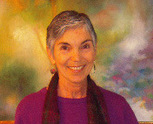
 RSS Feed
RSS Feed
